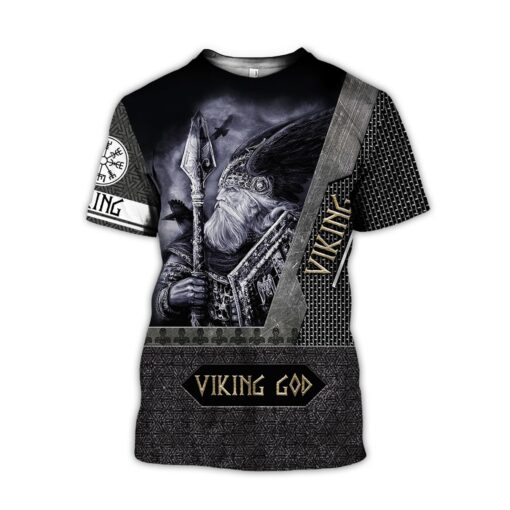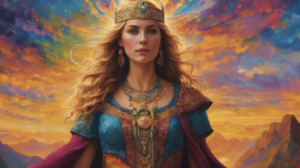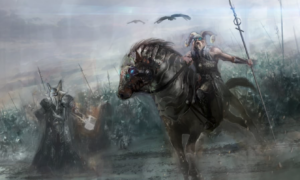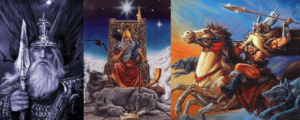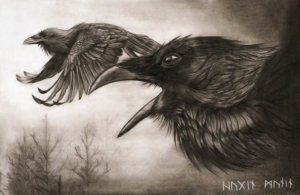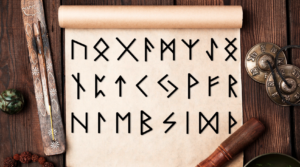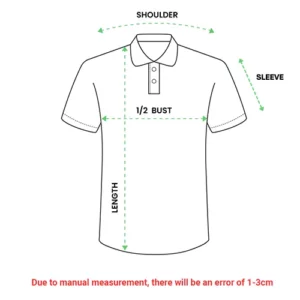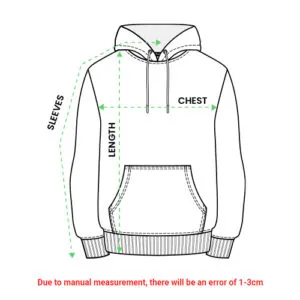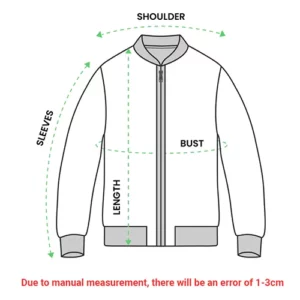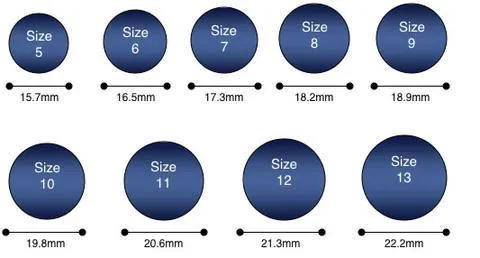Gungnir is one of the most famous mythological weapons from Norse mythology. Originally crafted by the dwarf brothers known as the Sons of Ivaldi, Gungnir was created alongside the magical ship Skidbladnir and the ring Draupnir. According to legends, it was one of Odin’s most prized possessions and a powerful symbol of his authority. Let us explore the myths and legends surrounding Gungnir, the divine spear of the Allfather.
Description and Origin
The shaft of Gungnir was said to be made from the wood of Yggdrasil, the World Tree that connects the nine realms in Norse cosmology. Its tip was forged from iron and engraved with cryptic runes that further augmented its strength and power. Dwarven smiths were renowned for their metallurgical skills, so it’s no surprise the Sons of Ivaldi would craft a spear of unparalleled power and accuracy.
Runes held mystical significance in Norse tradition, so the inclusion of magical runes on Gungnir’s tip aligned it with Odin’s role as a god of wisdom, magic, and prophecy. Some myths suggest these runes allowed Gungnir to never miss its mark and always find its target, no matter how skilled the opponent. Through its creation by dwarves and empowerment by Odin, Gungnir came to represent both martial prowess and otherworldly magic.
The Weapon and Symbol of Odin
Once crafted, Gungnir was gifted to Odin, who adopted it as his primary weapon and badge of authority. As the king of the gods and leader of the Aesir, Odin held Gungnir aloft at important gatherings and ceremonies to signify his dominion and power. It was said his enemy would tremble at the mere sight of it. In battle, Odin hurled Gungnir at his enemies with lethal accuracy, leading the Aesir forces to victory time and time again.
Whether tossed as a spear or wielded as a staff, Gungnir’s blows were described as intensely powerful yet rarely deadly. Myths claim its strikes could wound terribly but not finish off opponents, perhaps to prolong battle or demonstrate Odin’s wisdom in knowing when to end a life. Some legends also depict Odin using Gungnir to declare the beginning of wars by “hallowing” battlefields with throws of the spear, a custom later adopted by Norse warriors. Through such acts, Odin reinforced his divine authority over warfare and ordained conflicts.
More than a mere weapon, Gungnir became symbolic of Odin’s spiritual might and sovereignty over the Norse cosmos. As Allfather, judge of the slain in Valhalla, and king of the gods, Odin ruled all Nine Worlds with Gungnir in hand. Wherever the spear was carried or thrown, Odin’s will and prowess followed. Its wood from Yggdrasil further connected him to the World Tree at the heart of Norse life, death, and fate. Truly, Gungnir embodied Odin’s lordship over gods and men.
T-Shirt
T-Shirt
Normal Hoodie
Normal Hoodie
Mythic Uses of Gungnir
Despite representing immense divine power, Odin is seldom described using Gungnir directly in battle except for a select few pivotal myths. One account has Odin hurling Gungnir to break the sword Gram during a war between the Aesir and Vanir tribes of gods. Another legend from the Poetic Edda mentions Odin throwing Gungnir at the start of Ragnarok, the prophesied doom of the gods, to mark the beginning of that final war.
When traversing the Nine Worlds in disguise, Odin would transform Gungnir into the form of an ordinary staff to avoid detection. But on rare moments its true nature was revealed, such as during an epic duel where Odin used Gungnir to defeat the fire giant Surt. While a fearsome weapon, Odin seemed to reserve Gungnir’s power for pivotal events rather than mundane conflicts, underscoring its significance as a holy relic imbued with his divine majesty.
Legacy in Later Cultures
Even after the pagan Norse transitioned to Christianity, memories of Gungnir lived on. Medieval Scandinavian tales of Odin casting his spear across the battlefield likely inspired later warrior cultures. Viking raiders were said to throw spears or javelins in a similar declarative manner before combat, possibly emulating Odin and his hallowed spear. Runes also featured prominently in later Nordic folk magic traditions, perpetuating Gungnir’s association with prophecy and sorcery.
To this day, Gungnir remains one of the most recognized pieces of Norse mythology. Its accurate throws, binding runes, and representation of Odin’s sovereignty over war and fate continue to fascinatemodern audiences. Whether in literature, artwork, comics, or videogames, Gungnir proudly stands as a potent symbol of Norse culture and the divine power wielded by its original owner – the enigmatic god Odin and his mysterious deeds recorded in myth. Truly, few weapons from antiquity match Gungnir’s incredible legacy as the spear which launched legends.
Frigg: Queen of the Norse Gods
Frigg is one of the most prominent female figures in Norse mythology. She is the [...]
Apr
Ragnarok: The Viking Apocalypse
Ragnarok is the prophesied end-of-the-world event in Norse mythology. It is a series of future [...]
Apr
Odin: The Enigmatic King of Gods in Norse Mythology
Odin is among the most intriguing gods of Norse mythology. As the king of the [...]
Mar
Hugin and Munin: Odin’s Ravens and Things You May Not Know
In Norse mythology, Hugin and Munin are two ravens that sit on the shoulders of [...]
1 Comments
Mar
The Vikings: Warriors and Explorers of the North Sea
The Vikings were seafaring peoples who originated from Scandinavia and ventured across much of Europe [...]
1 Comments
Mar
Introduction to the Viking Runic Alphabet
The Runic alphabet was a writing system used mainly by Germanic pagan tribes from the [...]
Mar










